Photo

Another Halloween-ish science fact: Bone density!
Support Science Fact Friday on Patreon!
676 notes
·
View notes
Photo
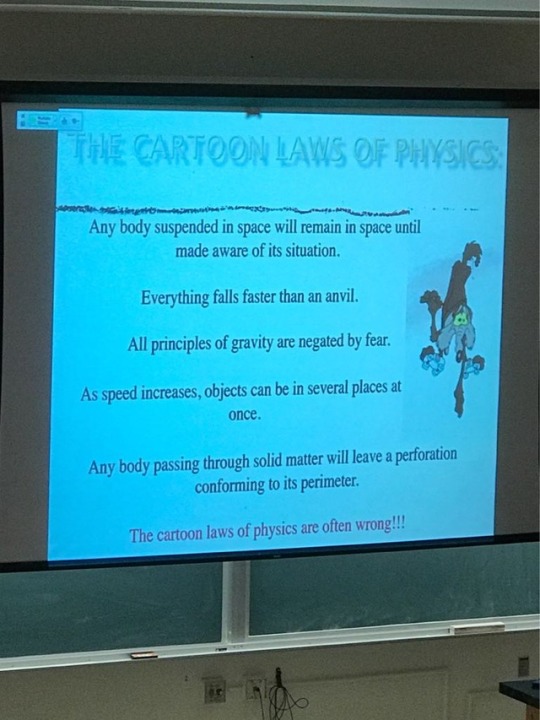
One of my friends who is a TA for a physics class for biology majors sent me this. This professor sure knows how to keep a class interesting!
Have a great week!
1K notes
·
View notes
Note
I'm learning combinatorics now. Do you know any cool places they are used ? Sorry for bad english
Combinatorics is quite frankly an ocean with a wide variety of applications. But since you ask, let’s take a look at the example of a ‘Two state Paramagnet’.
What is a paramagnet?
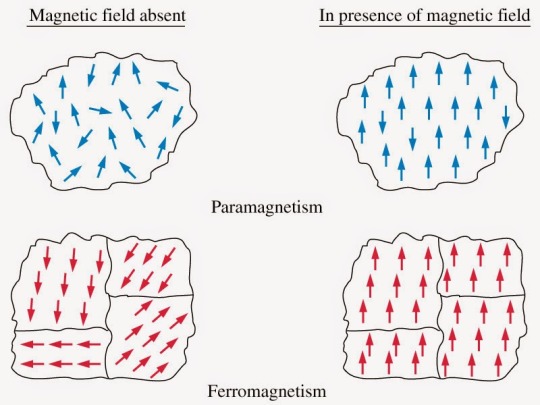
A paramagnet is a material in which the particles like compass needles align parallel to any applied magnetic field. But it is a temporary effect and the magnetization is lost when the field is removed
Paramagnetism in Liquid Oxygen
One of the popular examples of paramagnetism is liquid oxygen.
When oxygen is liquefied and poured over a magnet, the magnetic effect of the electrons become substantially noticeable.
Molecules will align to the magnetic from the magnet creating an induced magnetic field of its own.

As the liquid oxygen boils off you can you can see for a moment a ‘mist’ that it gives off that is still attracted to the magnets. - Paramagnetism
But how many particles are aligned with the field?
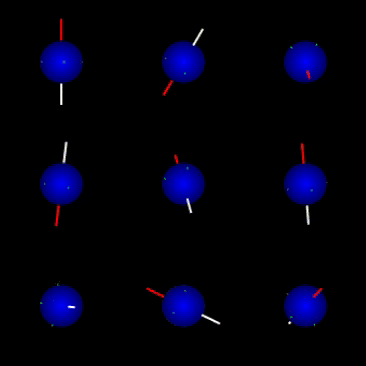

So, what can you do with that ?
One can find the net magnetization produced by the material based on the total number of dipoles facing up or down.

And essentially the total energy of the system (neglecting any interactions between dipoles).
We have come a long way from a simple combinatorics formula, now haven’t we?
Great question! Thanks for asking :)
828 notes
·
View notes
Link
1 note
·
View note
Quote
Proving a theorem is like burying a body. You have to put all the nails in the coffin; but first, you have to make sure the body is in the coffin!
Professor Alessio Corti, Imperial College London (via mathprofessorquotes)
363 notes
·
View notes
Photo
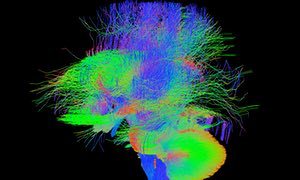

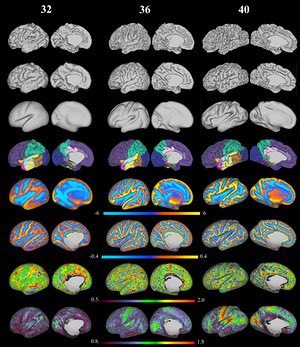
Project to map human brain from womb to birth releases stunning images
A landmark project to map the wiring of the human brain from womb to birth has released thousands of images that will help scientists unravel how conditions such as autism, cerebral palsy and attention deficit disorders arise in the brain.
The first tranche of images come from 40 newborn babies who were scanned in their sleep to produce stunning high-resolution pictures of early brain anatomy and the intricate neural wiring that ferries some of the earliest signals around the organ.
The initial batch of brain scans are intended to give researchers a first chance to analyse the data and provide feedback to the senior scientists at King’s College London, Oxford University and Imperial College London who are leading the Developing Human Connectome Project, which is funded by €15m (£12.5m) from the EU.
Diffusion MRI showing connections in the developing brain. Photograph: The Developing Human Connectome Project
The images show the intricate neural wiring that ferries some of the earliest signals around the brain. Photograph: The Developing Human Connectome Project
3D reconstruction of the cortical surface and calculated features from a seven-month, eight-month and nine-month baby brain MRI. From top to bottom: white matter surface, cortical surface, inflated surface, parcellation into different structures, sulcal depth maps, mean curvature, cortical thickness and T1/T2 myelin maps. Photograph: The Developing Human Connectome Project
241 notes
·
View notes
Link
Cut an onion and your eyes may start to burn and tears may run down your face. Scientists have been investigating why this happens for decades. Now some researchers have uncovered a new piece of the complex answer. They have figured out how one of the veggie’s eye-irritating compounds forms.
For a common vegetable, the chemistry of onions is surprisingly perplexing, says Eric Block. He wasn’t involved with the new study. Still, this chemist at the University at Albany in New York, does know a lot about onion chemistry.
Slice into it and you unleash a chain of chemical reactions, he notes. Stable molecules in the onion’s tissues transform into a volatile, sulfur-containing gas. This gas reacts with the eyes to form small amounts of sulfuric acid. Sulfuric acid can lead to itching, burning — and tears.
But the process is more complicated than that. He and other scientists have been struggling to come up with the full picture for more than 40 years. “The more compounds we discovered, the more complicated the picture became,” Block says.
38 notes
·
View notes
Link
To choose her research goals, Jennifer Dionne envisions conversations with hypothetical grandchildren, 50 years down the line. What would she want to tell them she had accomplished? Then, to chart a path to that future, “I work backward to figure out what are the milestones en route,” she says.
11 notes
·
View notes
Photo
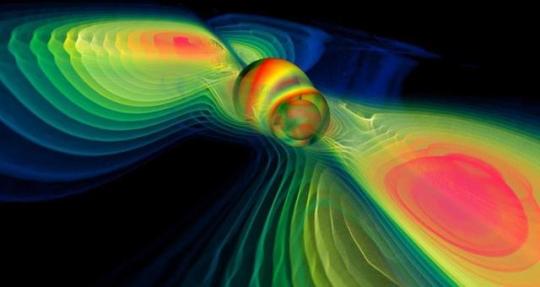




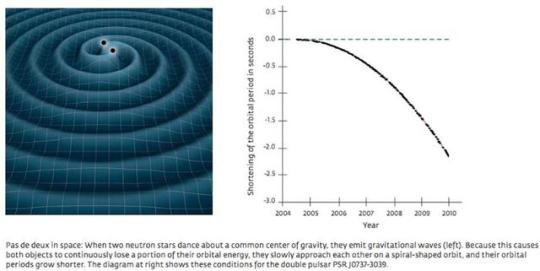

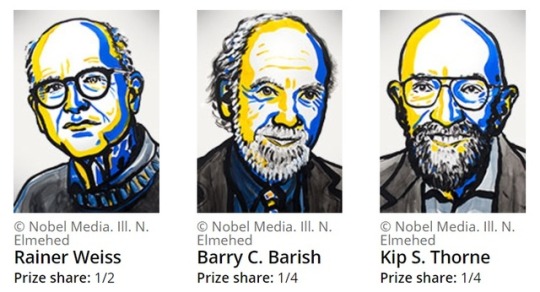

Gravitational Waves Win 2017 Nobel Prize In Physics, The Ultimate Fusion Of Theory And Experiment
“The 2017 Nobel Prize in Physics may have gone to three individuals who made an outstanding contribution to the scientific enterprise, but it’s a story about so much more than that. It’s about all the men and women over more than 100 years who’ve contributed, theoretically and experimentally and observationally, to our understanding of the precise workings of the Universe. Science is much more than a method; it’s the accumulated knowledge of the entire human enterprise, gathered and synthesized together for the betterment of everyone. While the most prestigious award has now gone to gravitational waves, the science of this phenomenon is only in its earliest stages. The best is yet to come.”
It’s official at long last: the 2017 Nobel Prize in Physics has been awarded to three individuals most responsible for the development and eventual direct detection of gravitational waves. Congratulations to Rainer Weiss, Kip Thorne, and Barry Barish, whose respective contributions to the experimental setup of gravitational wave detectors, theoretical predictions about which astrophysical events produce which signals, and the design-and-building of the modern LIGO interferometers helped make it all possible. The story of directly detecting gravitational waves is so much more, however, than the story of just these three individuals, or even than the story of their collaborators. Instead, it’s the ultimate culmination of a century of theoretical, experimental, and instrumentational work, dating back to Einstein himself. It’s a story that includes physics titans Howard Robertson, Richard Feynman, and Joseph Weber. It includes Russell Hulse and Joseph Taylor, who won a Nobel decades earlier for the indirect detection of gravitational waves. And it’s the story of over 1,000 men and women who contributed to LIGO and VIRGO, bringing us into the era of gravitational wave astronomy.
The 2017 Nobel Prize in Physics may only go to three individuals, but it’s the ultimate fusion of theory and experiment. And yes, the best is yet to come!
#science news#science blog#physics#nobel 2017#nobel prize#omg science#omgscience#follow#gravitational waves
500 notes
·
View notes
Link
484 notes
·
View notes
Link
1 note
·
View note
Text
Nobel Prize in Physiology or Medicine, 2017

It is my favourite time of the year again! I cannot believe it has come around this quickly but the Nobel Prizes are beginning to be awarded and the prize for Physiology or Medicine has now been announced.
For their “discoveries of molecular mechanisms controlling the Circadian Rhythm", The Nobel Prize in Physiology or Medicine for this year was awarded jointly to Jeffrey C. Hall, Michael Rosbash and Michael W. Young.
The Circadian Rhythm is an organism’s internal body clock used to monitor the day-night cycle so that fluctuations in abiotic factors can be anticipated.
Decoding the link between genes and behaviour to study the Circadian Rhythm was “a terrific problem”, in the words of Michael W. Young, which was largely achieved by the prize winners with the help of fruit flies.
Studying a gene named ‘Period’ in fruit flies (present in humans and other organisms too) Hall and Rosbach noted that it produced a protein whose presence in cells increases and decreases over the course of a day and night. At night, the protein accumulates in cells and then over the day its production decreases due to the protein itself inhibiting the activity of the Period gene that codes for it.
For the protein to regulate gene expression, it must have a mechanism to enter the nucleus. Young managed to identify another gene called ‘Timeless,’ which allows the protein that regulates the period gene to enter the nucleus by binding to another protein. Young later also identified a gene called ‘Doubletime’ which regulates internal clocks so that they run in a 24 hour period, that of the Earth’s rotation.
With the Circadian Rhythm having an influence over many aspects of human health, this research could allow for other research into how Circadian Rhythms can be regulated to treat many health conditions related to our internal clocks.
If you are wanting to hear the prize winner’s thoughts on their achievement, I have linked the telephone interviews for each of the three winners below. My particular favourite was Michael Rosbash‘s candid recount of the moment he found out that he had been awarded the prize.
Jeffrey C. Hall
Michael Rosbash
Michael W. Young
I do not own this image- illustrations are by the Nobel Assembly at the Karolinska Institute.
#science news#science#science blog#nobel prize 2017#nobel prize#biology#genetics#circadian rhythm#proteins#protein#period#timeless#doubletime#follow#omgscience#omg science
7 notes
·
View notes
Link
It has been a big year for research into the uses of CRISPR!
#crispr#crispr cas9#crispr news#science news#science#biology#genetics#gene technology#science blog#omgscience#omg science#follow
1 note
·
View note
Photo



A vortex portal to another universe.
This is known as wingtip vortex. It is a ramification of the design of the wing and how it works.

How does an aircraft fly? Think of it like this, due to the design of the wing, larger number of air molecules are hitting the bottom portion of the aircraft than the top.
As a result, a upward force acts on the wing, hence the wing lifts!
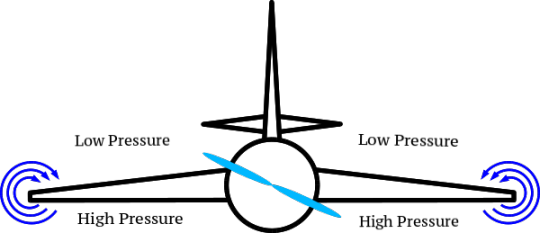
This works fine till we get to the wing tips.
In the wingtip, the air from a higher pressure wants to move to the region of lower pressure. And as a result, this forms vortices ( fancy name for the swirling motion of air ) known as Wingtip Vortex. ( because its formed in the wing tips!!! )

Why do birds fly in a V formation?

Migratory birds take advantage of each other’s wingtip vortices by flying in a V formation so that all but the leader are flying in the upwash from the wing of the bird ahead. ( Look at the image, each one is exactly out of phase in its wing motion ).
This upwash makes it easier for the bird to support its own weight, reducing fatigue on migration flight.
And somehow birds know about this and recalibrate themselves in flight?
Wow! There is so much more to a bird’s flight that that meets the eye. I will take up the same sometime down the line. But, If you are really curious to find out why, read this nature article.
Have a Good Day!
PC: John Benson, boldmethod,mathcareer, natgeo, NASA.
EDIT - Also do check out the Smoke Angels.
3K notes
·
View notes
Link
#science#science news#prosthetics#3d printing#stem#technology#coding#robotics#mechatronics#science blog#omgscience#follow
1 note
·
View note
Photo

Today is the Autumn Equinox in the northern hemisphere! What’s behind the changing colours of autumn leaves? http://wp.me/p4aPLT-sn
2K notes
·
View notes
Text
12 Amazing Facts About Elephants
In honor of World Elephant Day, we present you with 12 little known facts about one of our favorite creatures…in GIFs, of course.

1. Elephants know every member of their herd and are able to recognize up to 30 companions by sight or smell.

2. They can remember and distinguish particular cues that signal danger and can recall locations long after their last visit.

3. An elephant’s memory is not limited to its herd, nor is it limited to its species. In one instance, two circus elephants that performed together rejoiced when crossing paths 23 years later. Elephants have also recognized humans that they once bonded with after decades apart. 4.

4. The elephant boasts the largest brain of any land mammal as well as an impressive encephalization quotient (the size of the animal’s brain relative to its body size). The elephant’s EQ is nearly as high as a chimpanzee’s.
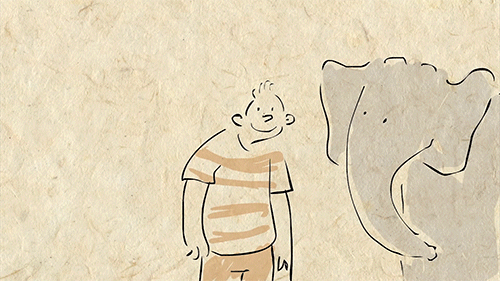
5. The elephant brain is remarkably similar to the human brain, with as many neurons and synapses, as well as a highly developed hippocampus and cerebral cortex.

6. Elephants are one of the few non-human animals to suffer from post-traumatic stress disorder.

7. Elephants are creative problem solvers.
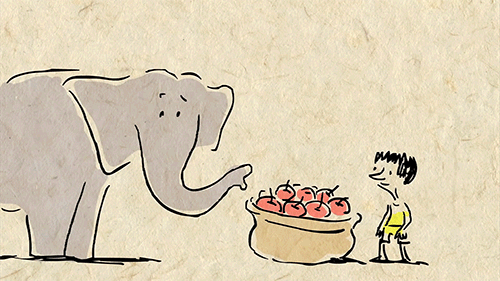
8. Don’t try to outsmart an elephant! They have an understanding of basic arithmetic and can even keep track of relative quantities.

9. Elephants communicate using everything from body signals to infrared rumbles that can be heard from kilometers away. Their understanding of syntax suggests that they have their own language and grammar.

10. Elephants can recognize 12 distinct tones of music and recreate melodies.

11. Elephants are the only non-human animals to mourn their dead, performing burial rituals and returning to visit graves.

12. Elephants are one of the few species who can recognize themselves in the mirror.
Given what we now know about elephants, and what they continue to teach us about animal intelligence, it is more important than ever to make sure that these magnificent creatures do not vanish.
Check out some more fun elephant facts here and be sure to watch the TED-Ed Lesson Why elephants never forget - Alex Gendler
Animation by the ever-talented Avi Ofer
48K notes
·
View notes